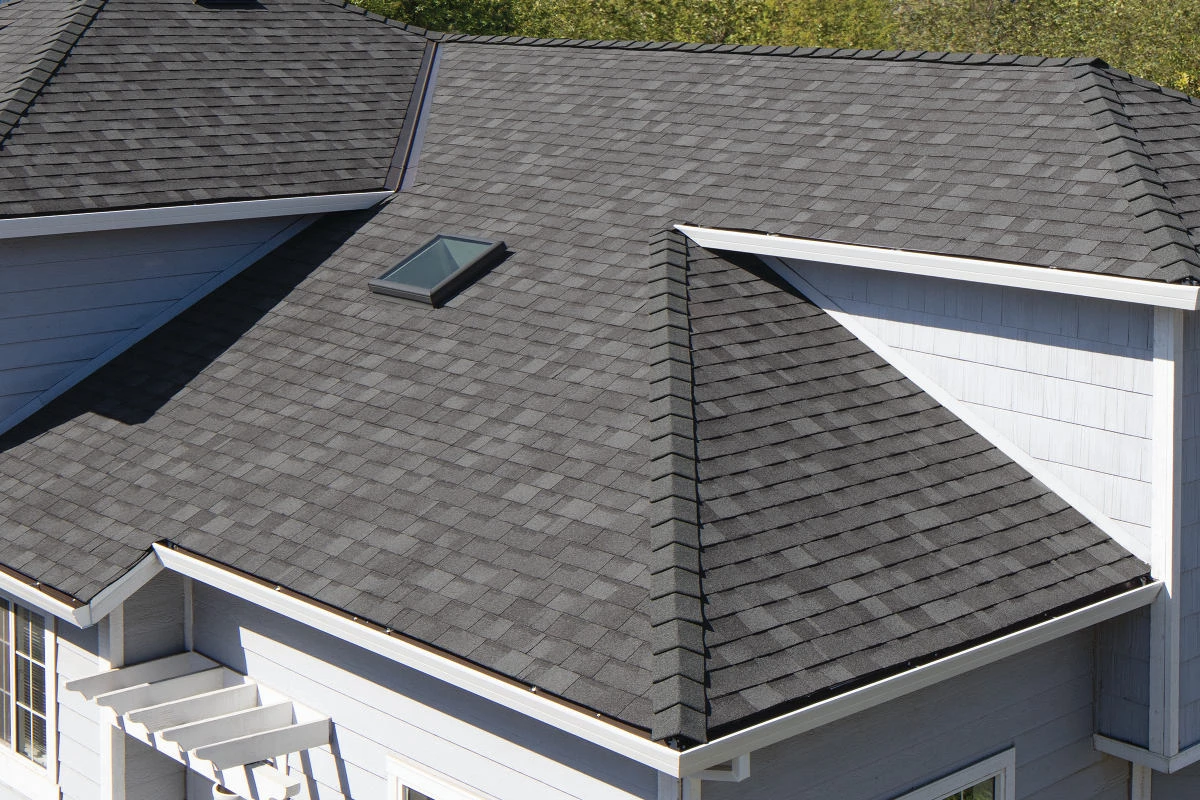Roof Lifespan: How Long Your Roof Will Last and When to Replace It

Your roof is one of the most important parts of your home, but it won't last forever. The lifespan of a roof depends on the material, weather conditions, and maintenance. Homeowners in North Carolina, South Carolina, and Georgia must also consider the region's hot summers, heavy rains, and hurricane seasons, which can shorten a roof's life.
Average Lifespan of Different Roofing Materials
Each type of roofing material has a different lifespan. Here's how long you can expect your roof to last based on the material:
- Asphalt Shingles – 20 to 30 years
- Architectural Shingles – 25 to 35 years
- Metal Roofing – 40 to 70 years
- Tile Roofing – 50 to 100 years
- Slate Roofing – 75 to 150 years
- Flat Roofing (TPO, EPDM, or Modified Bitumen) – 10 to 30 years
Factors That Affect Roof Longevity
The lifespan of your roof depends on several factors, including:
- Material Quality – Higher-quality materials last longer and provide better protection.
- Weather Conditions – Strong storms, high winds, and hail can shorten a roof's life.
- Installation Quality – A poorly installed roof can develop leaks and wear out faster.
- Ventilation and Insulation – Proper ventilation prevents moisture buildup and extends roof life.
- Regular Maintenance – Cleaning debris, inspecting shingles, and fixing small issues can add years to a roof's lifespan.
Signs It's Time to Replace Your Roof
Even a well-maintained roof will eventually need to be replaced. Watch for these warning signs:
- Curled, cracked, or missing shingles – If shingles are breaking apart, the roof is near the end of its life.
- Leaks or water stains – Water damage inside your home means your roof is failing.
- Moss or algae growth – Excess moisture can cause rot and shorten a roof's lifespan.
- Sagging roof deck – A sagging roof is a sign of structural damage and needs immediate attention.
- High energy bills – A failing roof can cause insulation issues, leading to higher cooling and heating costs.
How Long Roofs Last in the Southeast
Homes in North Carolina, South Carolina, and Georgia face humid summers, hurricane threats, and occasional ice storms. These conditions can cause faster wear and tear on roofing materials. In coastal areas, salt air can also corrode metal roofing, reducing its lifespan.
Asphalt shingles, the most common roofing material, tend to last 20 to 25 years in this region. Homeowners near the coast or in areas with frequent storms may need to replace their roofs sooner.
Extending the Life of Your Roof
You can take steps to make your roof last longer:
- Schedule regular inspections – A professional roofer can catch problems before they become major repairs.
- Keep gutters clean – Clogged gutters cause water damage and rot.
- Trim overhanging branches – Falling branches can damage shingles and weaken your roof.
- Fix minor issues immediately – A small leak or a missing shingle can lead to major problems if ignored.
When to Call a Professional
If your roof is nearing the end of its lifespan, it's important to start planning for a replacement. MTM Roofing Systems provides expert roof inspections and replacement services across North Carolina, South Carolina, and Georgia.
Not sure how much life is left in your roof? Contact us today for a free inspection and estimate.